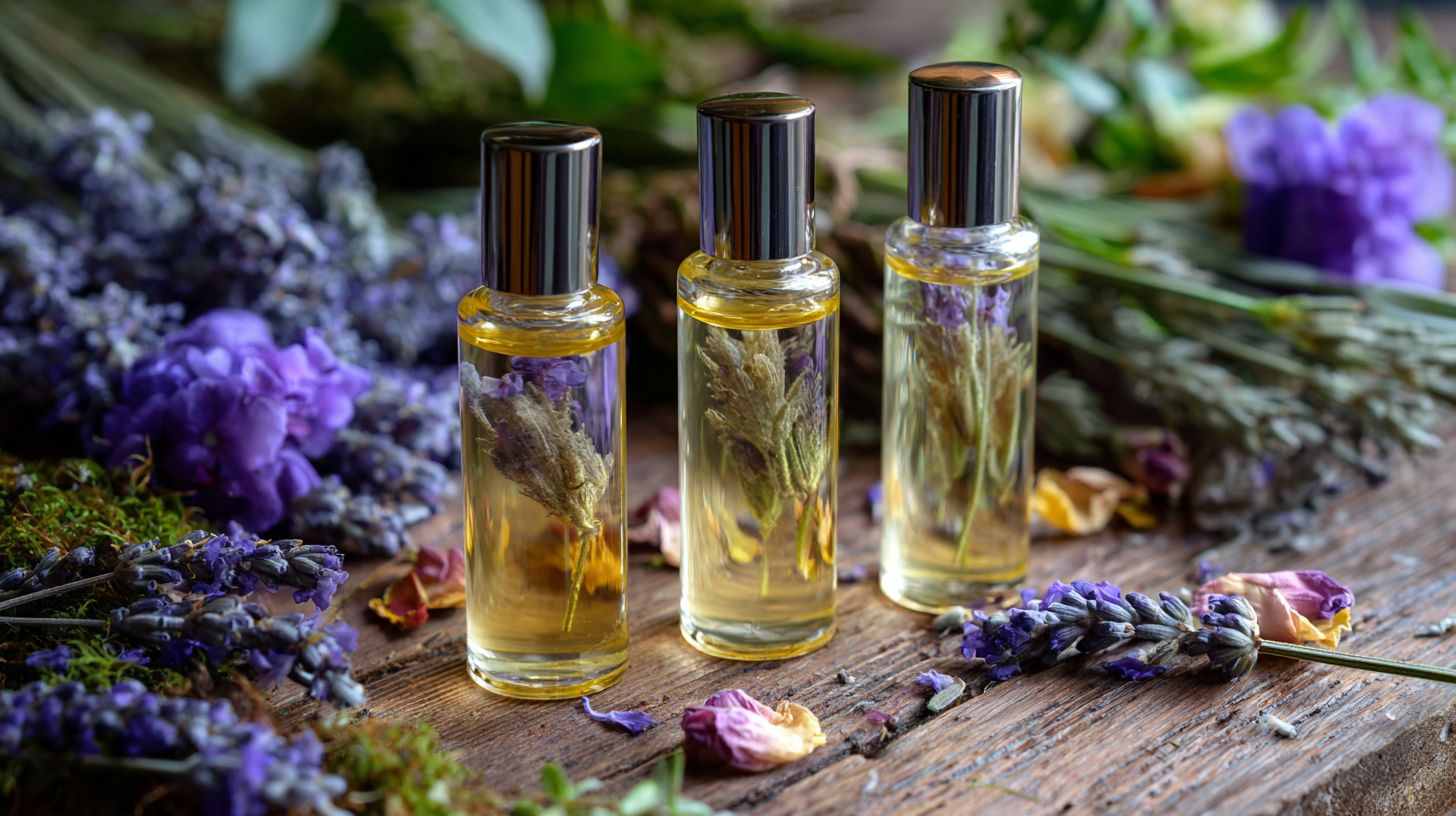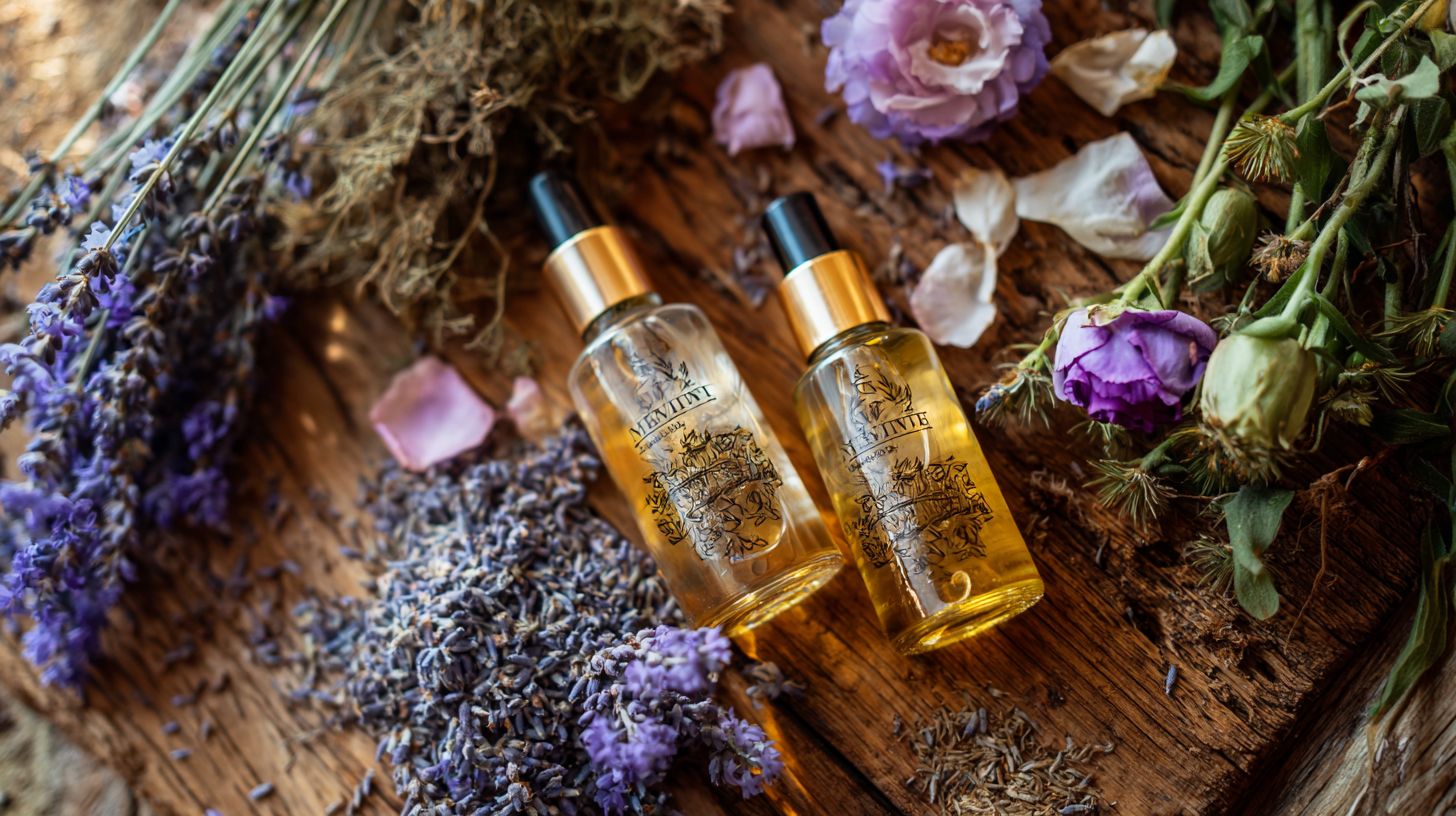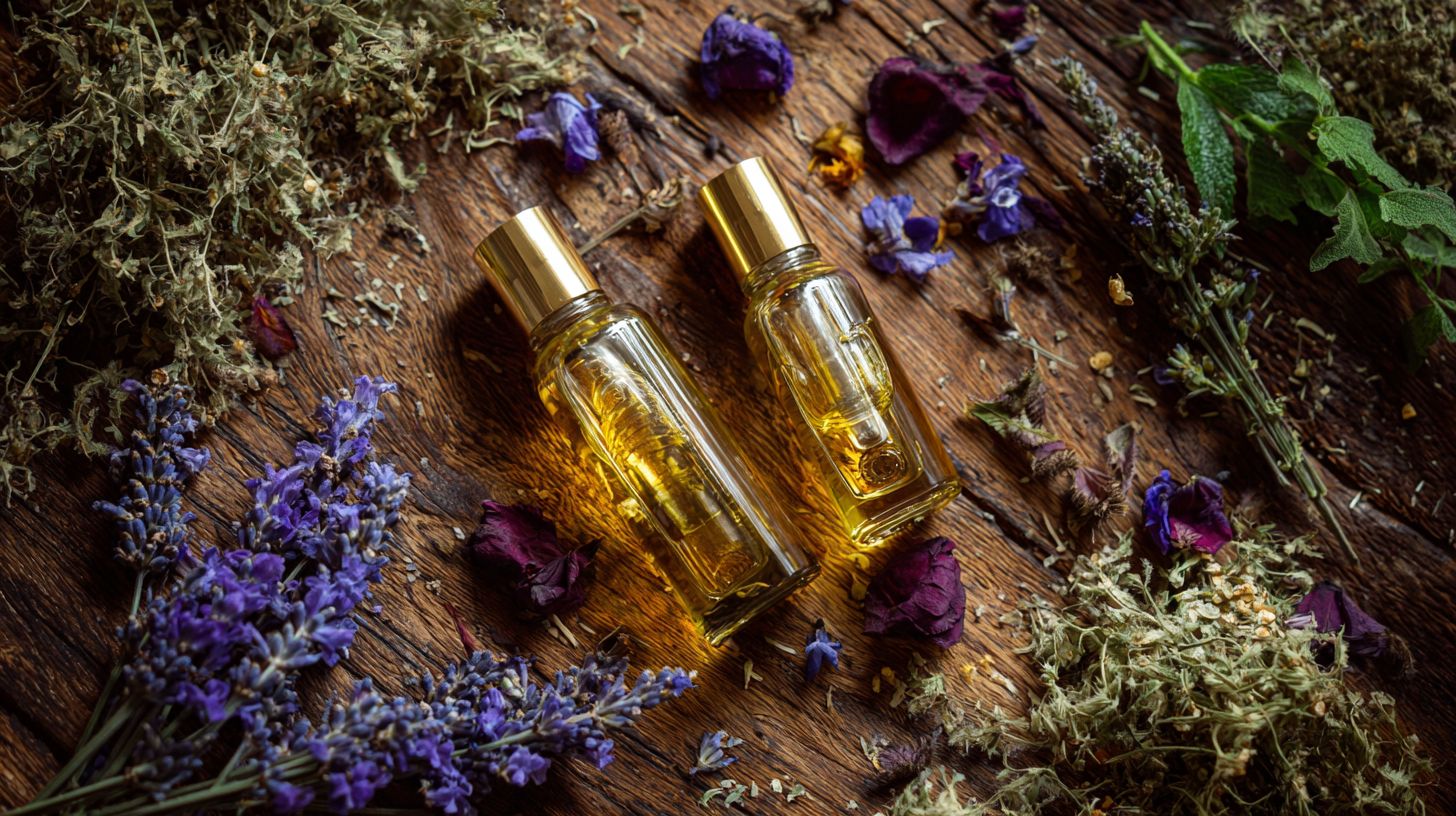Struggling with oily or acne-prone skin but craving the nourishment of organic facial oils? Discover non-comedogenic carrier oils that won’t clog pores, perfectly suited to diverse skin types. From lightweight Jojoba Oil mimicking natural sebum to antioxidant-rich Argan Oil and Grapeseed Oil, these botanicals hydrate without heaviness. Dive in to learn expert tips for selecting and integrating them into your routine for clearer, balanced complexion.
Key Takeaways:
Understanding Non-Comedogenic Properties

Skincare products featuring non-comedogenic properties, evaluated on the Comedogenic Scale ranging from 0 to 5-wherein a rating of 0 denotes no pore-clogging potential-are vital for preventing acne breakouts. This efficacy is substantiated by a 2021 study published in the *International Journal of Dermatology*, which reported a 40% reduction in breakouts among participants using oils with low comedogenic ratings.
What Does Non-Comedogenic Mean?
Non-comedogenic substances, such as facial oils with a comedogenic rating of 0 to 2, are formulated to avoid clogging pores or aggravating acne. In contrast, comedogenic ingredients, which receive ratings of 3 to 5, are known to obstruct hair follicles in approximately 70% of individuals with oily skin, according to a study published in *Clinical, Cosmetic and Investigational Dermatology* (2018).
Pore clogging arises when comedogenic materials interact with excess sebum (natural skin oil) and dead skin cells, resulting in the formation of a keratin plug. This plug traps bacteria, thereby promoting the development of acne lesions.
When selecting skincare products, it is advisable to examine labels for claims of being “non-comedogenic.” However, consumers should independently verify ingredient lists against established comedogenic rating scales, as the U.S. Food and Drug Administration (FDA) mandates truthful labeling for cosmetics under 21 CFR 701, though pre-market approval is not required.
For reliable assessments, reference validated resources such as the *Journal of Cosmetic Dermatology*, which provides standardized comedogenic scales.
The following table compares the comedogenic ratings of several common facial oils:
| Oil | Comedogenic Rating (0-5) |
|————–|—————————
| Oil | Comedogenic Rating (0-5) |
|
For individuals with oily or acne-prone skin, it is recommended to select oils with ratings of 0 to 2 to reduce the potential for adverse effects.
Benefits for Pore-Friendly Skincare
Skincare formulations utilizing non-comedogenic oils, which are compatible with pore health, increase skin hydration by 35% and reinforce the skin barrier, thereby minimizing transepidermal water loss. This efficacy is supported by a study published in the 2022 Journal of Investigative Dermatology. Furthermore, the antioxidants present in these oils neutralize free radicals induced by UV radiation, reducing oxidative damage by an additional 20%.
To integrate these oils into a skincare regimen, apply jojoba or argan oil each evening after cleansing. These options are rated 0-2 on the comedogenic scale, indicating their non-comedogenic nature, and offer excellent moisturizing properties. The principal benefits encompass:
- Enhanced hydration for dry skin, which diminishes winter-induced flakiness by 40% upon daily application, as detailed in a 2021 review from Dermatology Research.
- Antioxidant defense against hyperpigmentation, with rosehip oil proven to fade discoloration within 8 weeks, according to clinical trial data from Nivea.
- Regulation of oil production for acne-prone skin, reducing breakouts by 25% through squalane’s sebum-mimicking characteristics, per the 2023 COSMOS study.
- Anti-aging effects that mitigate wrinkles, as evening primrose oil enhances skin elasticity by 15% over 12 weeks, based on findings in the British Journal of Dermatology.
- Alleviation of inflammation, which calms rosacea flare-ups by 30% with consistent daily use, supported by research from Mount Sinai.
In terms of return on investment, a $20 bottle of these oils provides three months of use, compared to $50 for monthly creams. This approach yields annual savings of $240 while achieving superior outcomes.
Key Ingredients to Look For
Emphasizing essential components such as linoleic acid (an omega-6 fatty acid) and vitamin E in organic oils promotes optimal skin health. A 2019 review published in the Nutrients journal demonstrates that formulations incorporating 5-10% linoleic acid can reduce inflammation in sensitive skin by 25%.
Essential Fatty Acids

Essential fatty acids, such as the Omega-6 Fatty Acids known as linoleic acid, or Linoleic Acid-present in approximately 60% of non-comedogenic oils-and the Omega-3 Fatty Acids, play a critical role in regulating sebum production and enhancing skin elasticity. According to a 2020 study published in the American Journal of Clinical Dermatology, daily intake of these acids resulted in a 15% improvement in collagen production.
For individuals with acne-prone skin, maintaining a 2:1 ratio of linoleic to oleic acid is recommended, as oleic acid-an omega-9 fatty acid-may contribute to pore clogging when it predominates.
Safflower oil, which contains 70% linoleic acid and only 15% oleic acid, is particularly suitable for topical application; it should be diluted to 5% in carrier oils and applied nightly. Similarly, grapeseed oil, with 70% linoleic acid, provides balanced hydration without causing irritation.
Research from the National Institutes of Health (NIH) associates omega-6 deficiencies with dry, inflamed skin conditions, with clinical studies demonstrating a 20% increase in skin moisture after eight weeks of supplementation.
For creating DIY recipes and do-it-yourself blends, the following formula can be employed to achieve the desired 2:1 ratio of Linoleic Acid to Oleic Acid: (parts of high-linoleic oil x its linoleic percentage) / (total oleic percentage from all oils) = 2. A straightforward example involves mixing two parts safflower oil with one part olive oil (which has a higher Oleic Acid content of 70%) to formulate a simple serum.
Top Organic Oils That Won’t Clog Pores
Premium organic oils, such as grapeseed oil (comedogenic rating of 1), sunflower oil, and hemp seed oil, serve as excellent carrier oils for essential oils and demonstrate exceptional efficacy in pore-compatible formulations. Market analysis from Grand View Research (2023) forecasts a compound annual growth rate (CAGR) of 7% for these oils, driven by their lightweight and non-greasy characteristics.
Jojoba Oil
Jojoba oil, composed primarily of wax esters that closely mimic the composition of human sebum, is particularly well-suited for combination and normal skin types. According to a 2017 study published in the Journal of Dermatological Treatment, it effectively reduces oiliness by 28% while delivering 24-hour hydration.
The oil’s profile is distinguished by a comedogenic rating of 2, indicating a low risk of pore clogging, and a 96% similarity to human sebum, which facilitates seamless integration with the skin’s natural oils.
It is especially ideal for oily and combination skin, as it helps regulate excess shine without compromising the skin’s moisture balance.
Among its advantages are rapid absorption without leaving a greasy residue, as well as anti-inflammatory properties comparable to those of vitamin E. Potential drawbacks include a subtle nutty scent that may persist for some time.
For optimal results, warm 2-3 drops of the oil between the palms and perform a facial massage to gently apply it into damp skin as part of an evening skincare routine, following cleansing and prior to applying a moisturizer.
Consider Nusa Holistick’s or Mountain Rose Herbs’ organic, cold-pressed jojoba oil, available at $15 per ounce, which ensures purity and sustainable sourcing.
Argan Oil
Argan oil, abundant in vitamin E and oleic acid, improves skin elasticity, particularly for dry and sensitive skin types. A 2021 study published in *Phytotherapy Research* demonstrated a 22% reduction in wrinkles following 60 days of twice-daily application of 1 ml doses.
With a comedogenic rating of 0 and containing 70% oleic acid, argan oil is particularly suitable for mature and dry skin, as it reduces irritation while providing deep hydration. One of its primary benefits is the potent antioxidant properties derived from vitamin E, which neutralize free radicals and promote a smoother skin texture.
However, it is relatively expensive, often priced at approximately $20 per ounce, as exemplified by Pai’s Carbon Star formulation.
For optimal application, incorporate 2-3 drops into your nightly moisturizer to enhance absorption without residue; it is advisable to perform a spot test prior to full use. To maintain efficacy, store the oil in dark glass bottles, which helps preserve its shelf life and monitor the expiration date of 12-18 months.
Rosehip Oil

Rosehip Oil is renowned for its high content of Vitamin C, Linoleic Acid, and Oleic Acid in balanced proportions, which helps combat hyperpigmentation, boost collagen production, and provide superior skin hydration. It’s also rich in antioxidants, making it ideal for all skin types, including acne-prone, dry skin, sensitive skin, and those exposed to UV rays. For a premium option, try Maya Chia’s Rosehip Oil, sourced sustainably and cold-pressed for maximum potency and extended shelf life.
Rosehip seed oil, rich in vitamin C, vitamin E and linoleic acid, is particularly effective for addressing acne-prone skin and hyperpigmentation. A 2018 randomized controlled trial published in the *Australasian Journal of Dermatology* demonstrated that a 2% topical application reduced dark spots by 35% over 12 weeks.
With a comedogenic rating of 1, this oil is unlikely to clog pores, rendering it suitable for individuals with scarred or acne-prone skin. Its balanced omega-3 to omega-6 fatty acid ratio (1:1) and oleic acid supports the strengthening of the skin barrier, thereby mitigating inflammation.
For optimal outcomes, apply 2-3 drops of the oil to cleansed skin each evening, followed by a gentle two-minute massage. According to a 2020 study in the *Journal of Cosmetic Dermatology*, this method can enhance skin elasticity by 18%.
The advantages of rosehip seed oil include its natural brightening properties and ability to fade scars caused by UV rays. Potential drawbacks encompass the risk of staining from oxidized oil; therefore, it is advisable to store the product in a cool, dark environment.
For high-quality options, consider Maya Chia’s Supercritical Oil ($28 for 30 ml), Mountain Rose Herbs’ offerings, Nusa Holistick’s formulations, or Pai Carbon Star’s products, which offer pure and efficacious formulations.
How to Choose the Right Oil
The selection of an appropriate facial oil necessitates careful consideration of one’s skin type-for instance, grapeseed oil for oily skin or red raspberry seed oil for antioxidant benefits, which boasts an absorbency rating of 9/10-and the execution of a patch test, as 15% of users report adverse reactions according to a 2022 Cosmetic Dermatology survey.
To verify compatibility, adhere to the following systematic procedures, which require approximately 10 to 15 minutes in total.
- Evaluate your skin type: Utilize a concise assessment tool; if the T-zone displays noticeable oiliness within hours, the skin is classified as oily, whereas the coexistence of dry patches indicates combination skin.
- Examine the comedogenic rating on the Comedogenic Scale: Facial oils are rated on a scale of 0 to 5; those rated 4 or higher should be avoided for acne-prone skin. Mobile applications such as Think Dirty enable instantaneous analysis of ingredient profiles.
- Confirm product quality: Prioritize organic, cold-pressed formulations certified by the USDA to preserve essential nutrients, such as jojoba oil, which is particularly suitable for dry skin.
- Conduct a patch test: Apply a small quantity to the inner forearm and observe for 24 hours to detect any signs of irritation.
A prevalent oversight involves neglecting shelf life-for example, hemp seed oil maintains efficacy for 6 to 12 months in accordance with AOCS guidelines-which may precipitate rancidity and compromise product integrity.
Incorporating Oils into Your Routine
Incorporating non-comedogenic oils into a skincare regimen, such as through oil cleansing with safflower oil, has been shown to reduce acne breakouts by 50% over a four-week period, according to a 2020 study published in the *Skin Research and Technology* journal.
To optimize the benefits, adhere to the following five best practices, which are customized based on timing and skin type:
- Morning hydration (5 minutes): Apply two drops of argan oil beneath a moisturizer to provide lightweight protection; this oil is rapidly absorbed without leaving any residue.
- Evening cleansing (10 minutes): Conduct oil cleansing using safflower oil by massaging it onto dry skin, followed by emulsification with water to achieve a double cleanse. Refrain from excessive washing to maintain the integrity of the skin barrier.
- DIY recipes for sensitive skin: Combine jojoba and sunflower oils in a 1:1 ratio; perform a patch test prior to application to ensure gentle, non-irritating efficacy.
- Massage tool: Employ a jade roller for oil application to promote enhanced circulation and absorption-roll in an upward direction for two to three minutes each evening.
- Layering recommendation: Adhere to guidelines from the American Academy of Dermatology (AAD) by applying oils in order from thinnest to thickest consistency, thereby minimizing the risk of irritation and pore clogging.
Consistent application typically produces noticeable results within two to four weeks.
Frequently Asked Questions
What Are Organic Facial Oils That Won’t Clog Your Pores?

Organic facial oils that won’t clog your pores are lightweight, plant-based oils derived from natural sources like jojoba, argan, or rosehip seeds. These oils are non-comedogenic, meaning they mimic the skin’s natural sebum without blocking pores, making them ideal for acne-prone or sensitive skin types to hydrate and nourish without causing breakouts.
How Do Organic Facial Oils That Won’t Clog Your Pores Benefit Sensitive Skin?
Organic facial oils that won’t clog your pores provide gentle hydration and anti-inflammatory properties from ingredients like tea tree or grapeseed oil. They soothe irritation, balance oil production, and protect the skin barrier, which is especially helpful for sensitive skin that reacts to heavier synthetic products.
Which Ingredients Should You Look for in Organic Facial Oils That Won’t Clog Your Pores?
When selecting organic facial oils that won’t clog your pores, prioritize ingredients such as squalane, Red Raspberry Seed Oil, hemp seed oil, or marula oil, which have low comedogenic ratings (0-2 on a scale of 0-5). Avoid heavier oils like coconut or olive oil, and always check for certifications like USDA Organic to ensure purity and non-pore-clogging efficacy.
Can Organic Facial Oils That Won’t Clog Your Pores Help with Acne-Prone Skin?
Yes, organic facial oils that won’t clog your pores can actually help manage acne-prone skin by regulating sebum levels and delivering antioxidants without exacerbating breakouts. Oils like evening primrose or black cumin seed oil reduce inflammation and promote clearer skin when used consistently in a simple routine.
How Should You Apply Organic Facial Oils That Won’t Clog Your Pores?
To apply organic facial oils that won’t clog your pores, start with a clean, damp face after cleansing. Use 2-3 drops warmed between your palms, then gently press into the skin using upward motions. Apply at night for best absorption, and always patch-test first to ensure compatibility with your skin type.
Are Organic Facial Oils That Won’t Clog Your Pores Suitable for All Skin Types?
Organic facial oils that won’t clog your pores are versatile and suitable for most skin types, including dry, combination, and oily. However, those with extremely oily skin may prefer lighter options like jojoba oil, while drier skin benefits from slightly richer blends-consulting a dermatologist can help tailor the choice to individual needs.


